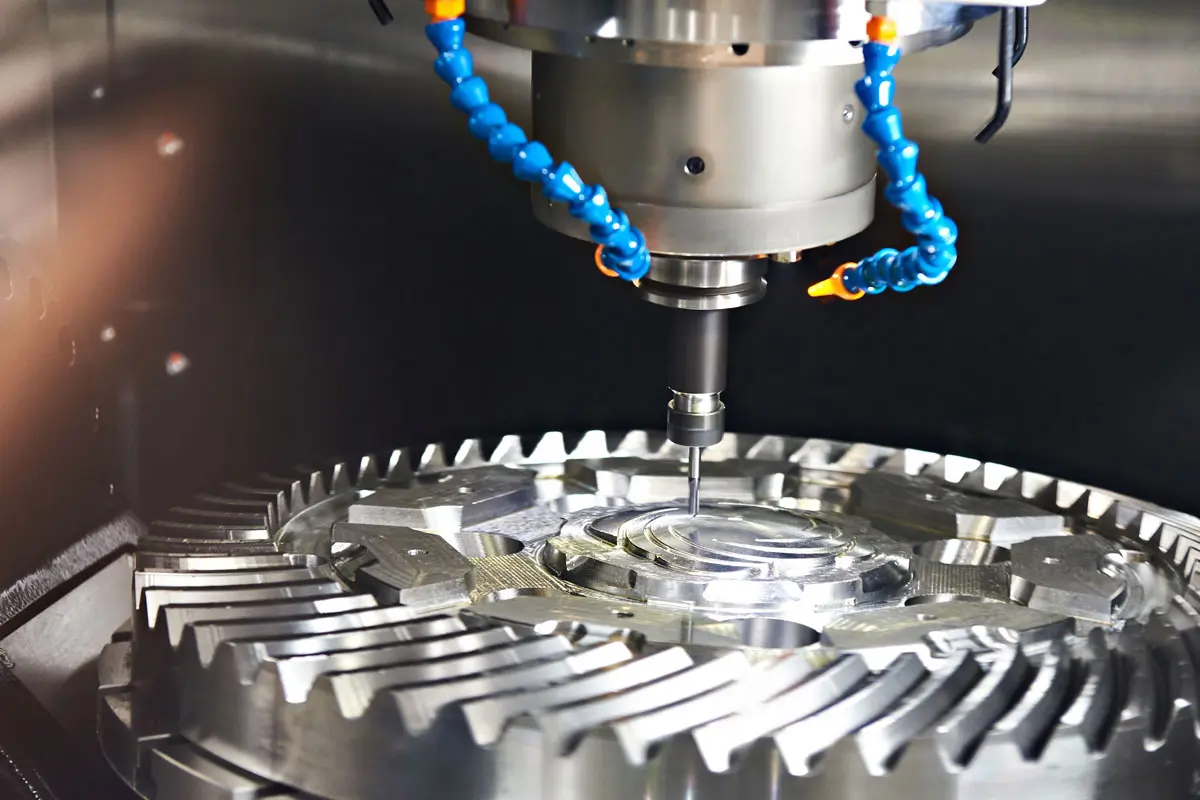The world of electronics manufacturing is vast and dynamic. At the heart of this industry, wave soldering machines play a critical role in creating efficient and high-quality electronic assemblies. In this article, we delve into the importance of these machines and their impact on exporters and importers.

The Basics of Wave Soldering
Wave soldering is a process used in the assembly of printed circuit boards (PCBs). During the process, a wave of molten solder is used to attach various electronic components to the board. This technique is distinct from soldering methods like reflow soldering, making it a preferred choice for many manufacturers.
How Wave Soldering Machines Work
The journey of a PCB through a wave soldering machine involves crucial stages. Initially, the board is preheated to ensure effective soldering. Following this, the PCB passes over a wave of solder, where the process of attaching components takes place.
Key Components
- Fluxer: Coats the PCB with flux, essential for effective solder adherence.
- Preheater: Gradually raises the temperature of the PCB to prep it for soldering.
- Solder Pot: A reservoir that maintains the wave of molten solder.
- Conveyor System: Moves PCBs through the machine at a controlled pace.
Advantages of Wave Soldering Machines
For industries involved in electronic manufacturing, wave soldering machines offer several benefits:
Efficiency
Wave soldering machines significantly reduce production time. Capable of handling multiple PCBs simultaneously, they ensure quicker turnaround times, increasing the throughput of electronic products.
Reliability
These machines ensure a consistent soldering process, minimizing the risk of solder defects. This leads to higher reliability in electronic assemblies, which is crucial for mission-critical applications.
Cost-Effectiveness
Due to their efficiency, wave soldering machines can lower production costs. The reduction in labor and time translates into savings for manufacturers.
Applications in the Electronics Industry
Wave soldering is extensively used in sectors where through-hole components are prevalent. From consumer electronics to industrial equipment, the demand for reliable soldering solutions drives the adoption of these machines.
Consumer Electronics
The mass production requirements of consumer electronics align with the capabilities of wave soldering. Whether its smartphones, tablets, or even televisions, the precision and efficiency of these machines are unmatched.
Industrial Applications
In industries that require robust and reliable electronic components, such as automotive and medical devices, wave soldering proves indispensable. The consistency and precision ensure that products meet stringent industry standards.
The Future of Wave Soldering Machines
With advancements in technology, modern wave soldering machines are evolving. Smart technologies and IoT integrations enhance their efficiency and monitoring capabilities.
Automation and Smart Technologies
The integration of automation within these machines enhances their productivity. With features such as self-diagnostics and remote monitoring, manufacturers can optimize operations and reduce downtime.
Challenges and Considerations
Despite their advantages, employing wave soldering machines requires keen attention to certain challenges:
Material Compatibility
Ensuring that the components and board materials are compatible with wave soldering is essential. Mismatches can lead to issues like excess thermal stress or poor solder joints.
Environmental Concerns
The environmental impact of solder and fluxes used in the process raises concerns. Manufacturers are constantly seeking ways to minimize their carbon footprint and promote sustainability. For further insight on sustainable practices, consider exploring [Carbon Footprint Reduction](https://blinternationalcompany.com/blog/carbon-footprint-reduction-in-electronics/).
Recent Trends in Wave Soldering Machines
Recent trends are steering manufacturers toward greener practices and innovative soldering techniques.
Lead-Free Soldering
With stringent regulations on lead usage in electronics, many manufacturers are adopting lead-free soldering. This shift towards environmentally friendly processes is shaping the future of electronic manufacturing.

Frequently Asked Questions
What is the difference between wave soldering and reflow soldering?
Wave soldering is generally used for through-hole components, whereas reflow soldering is used for surface-mount components. Both techniques have their unique advantages and applications.
Are wave soldering machines suitable for all PCB assemblies?
While highly efficient, wave soldering machines are best suited for boards with through-hole components. For surface-mount technologies, reflow soldering might be more appropriate.
How can manufacturers reduce their environmental impact?
Manufacturers can adopt lead-free soldering and use eco-friendly fluxes. Additionally, optimizing energy usage during the soldering process helps reduce the overall carbon footprint.
For more information on topics such as lean manufacturing in electronics, visit this [link](https://blinternationalcompany.com/blog/lean-manufacturing-principles/ ‘Lean Manufacturing Principles’). Also, explore [External Link](https://www.outdesign.co/single-post/a-guide-to-prototyping-for-hardware-startups ‘A Guide to Prototyping for Hardware Startups’) to gain insights into prototyping in electronics.


